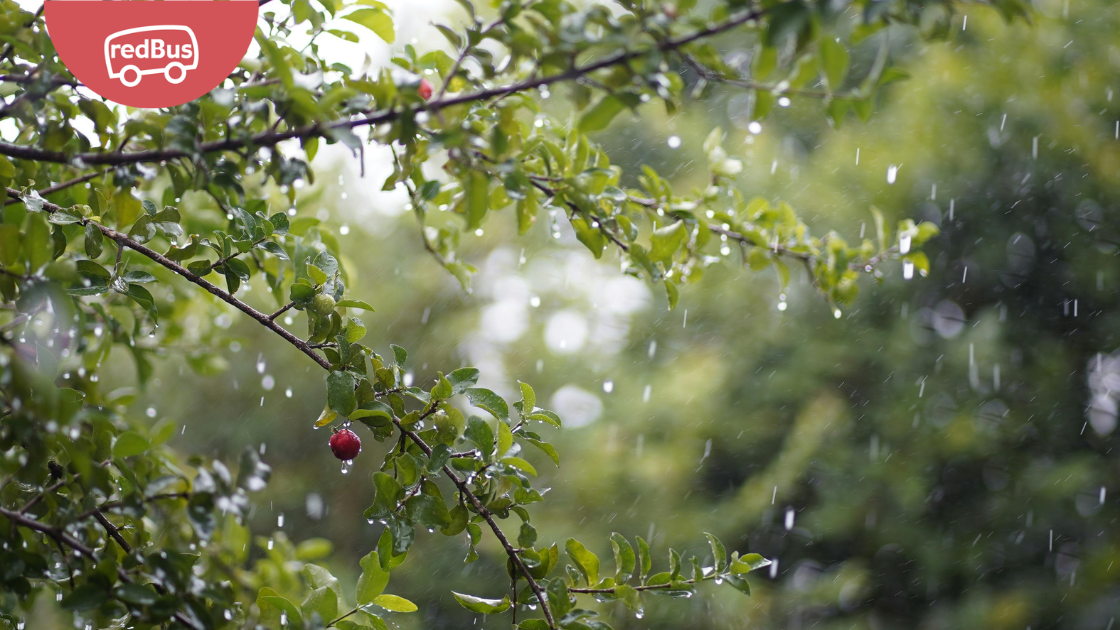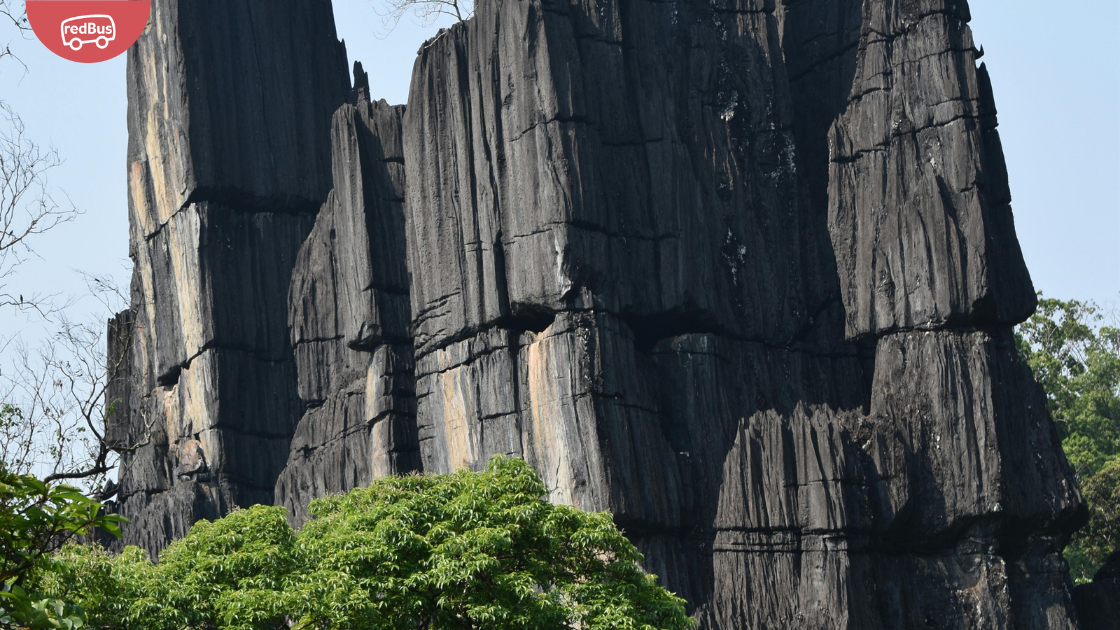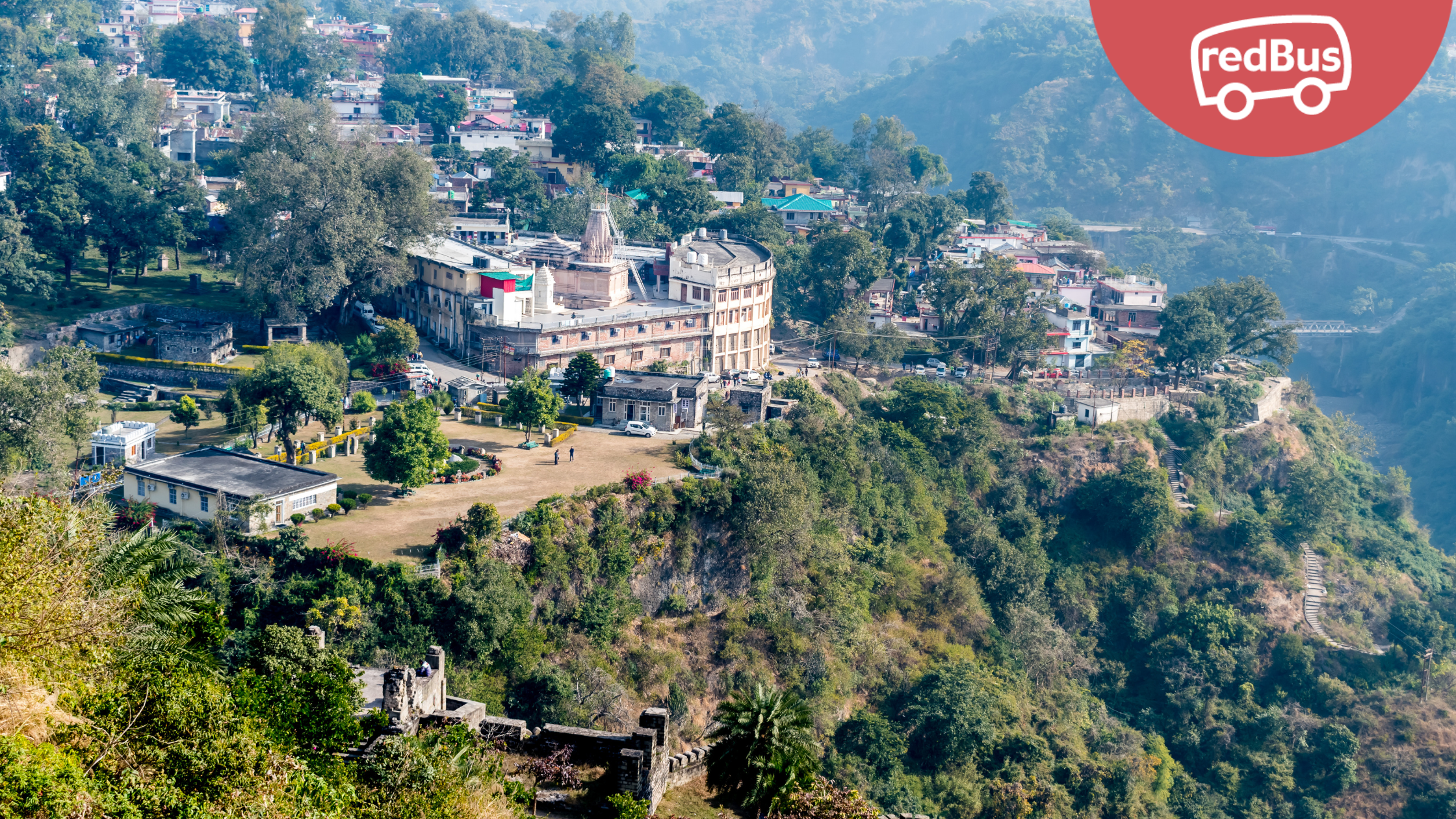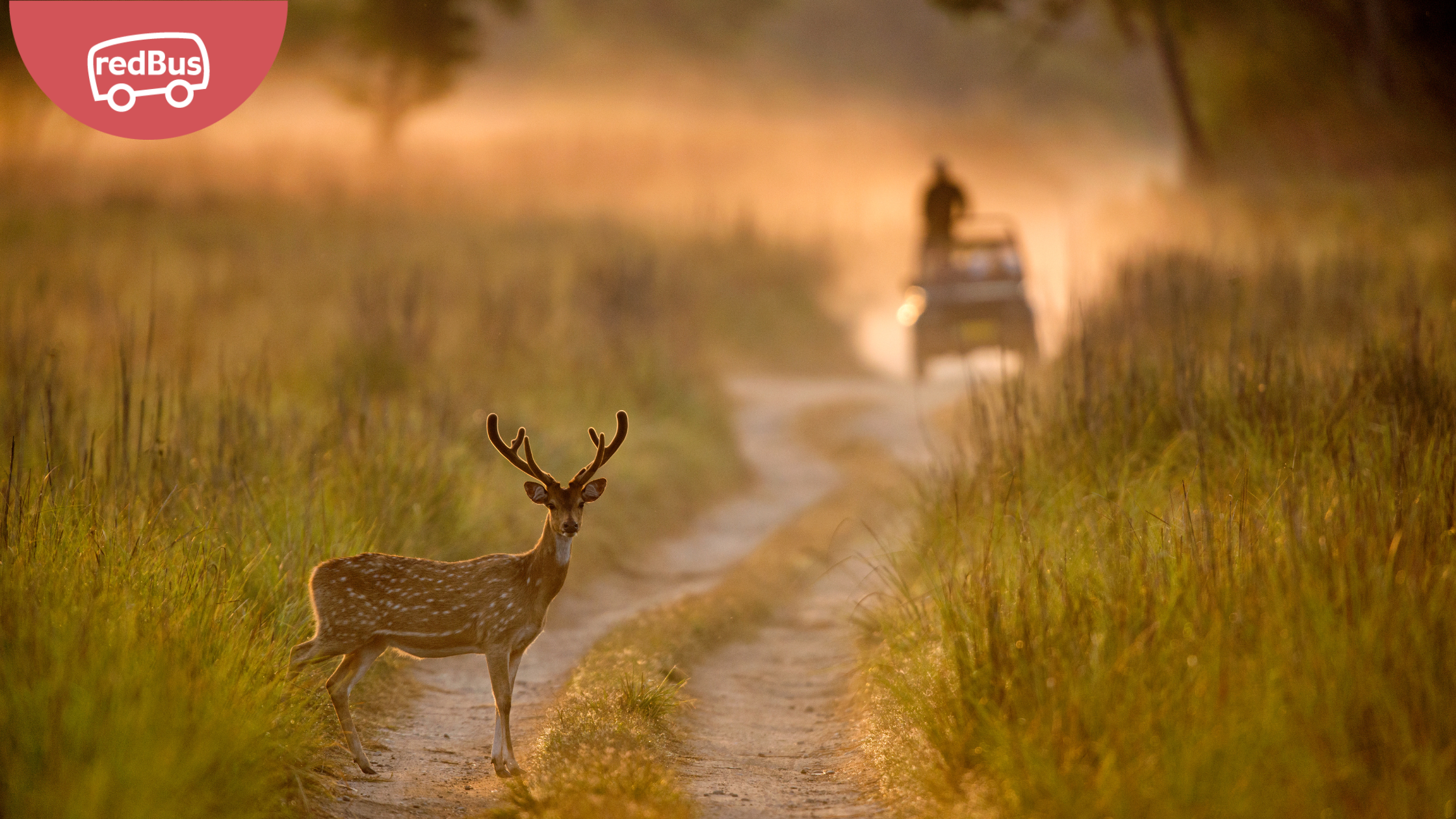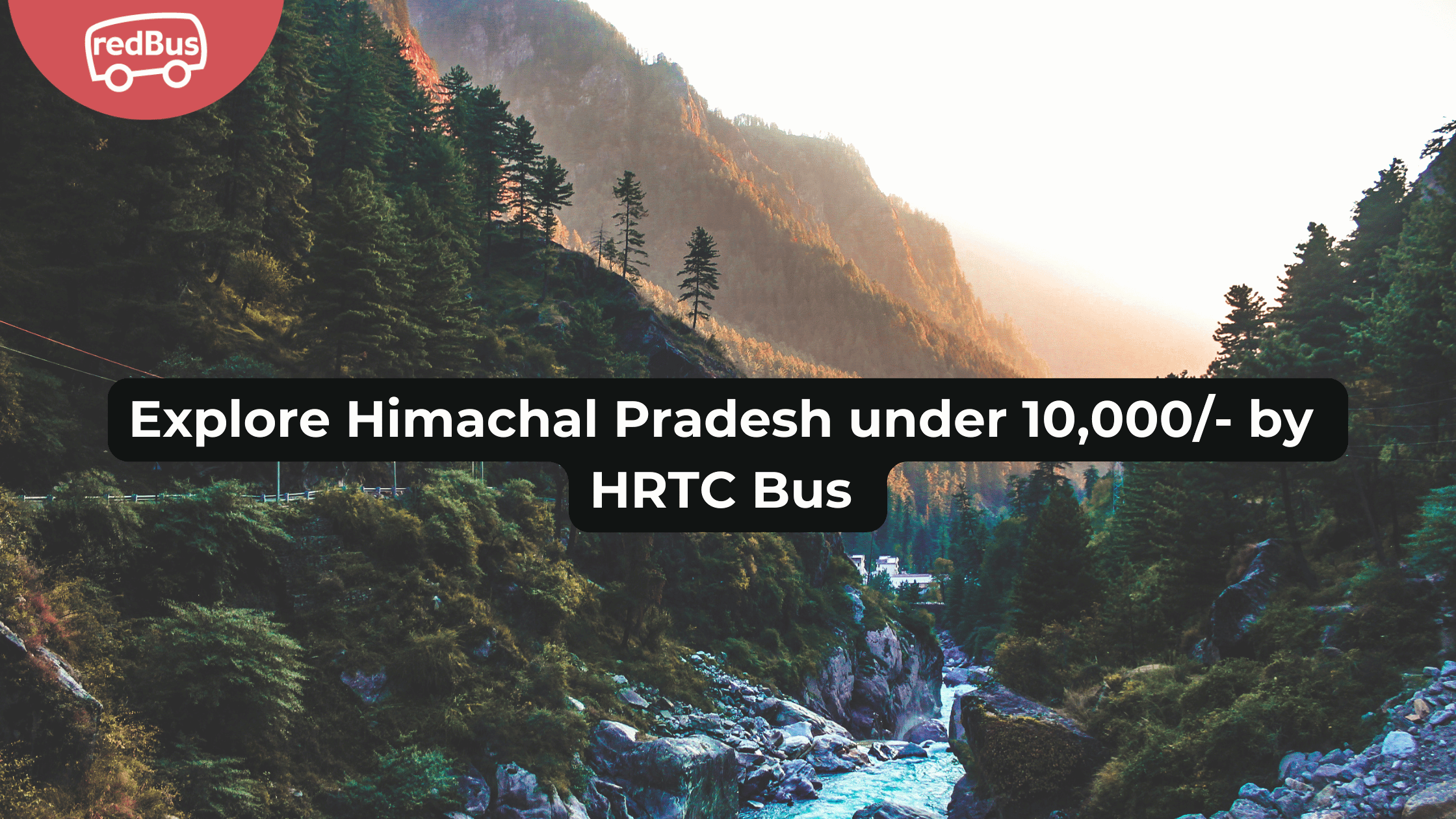Punjab, often called the “Land of Five Rivers,” is steeped in history and boasts a rich cultural heritage that dates back centuries. Punjab is home to many famous historical places that glimpse its glorious past, from ancient archaeological sites and majestic forts to sacred shrines and vibrant museums. In this blog post, we embark on a journey to explore some of Punjab’s most iconic historical sites, delving into the stories and legends that have shaped the region’s cultural landscape.
Golden Temple, Amritsar:
The Golden Temple, also known as Sri Harmandir Sahib, is the holiest shrine of Sikhism and a symbol of spiritual and architectural excellence. Adorned with shimmering gold leaf, the temple is surrounded by the sacred Amrit Sarovar (Pool of Nectar), which possesses healing powers. Visitors worldwide flock to the Golden Temple to pay their respects, partake in the community kitchen (langar), and experience the spiritual ambiance of this revered site.
Jallianwala Bagh, Amritsar:
Jallianwala Bagh is a poignant memorial commemorating one of the darkest chapters in India’s struggle for independence. On April 13, 1919, British troops opened fire on unarmed civilians who had gathered at the public garden for a peaceful protest, resulting in hundreds of deaths and injuries. Today, the site serves as a somber reminder of the sacrifices made by those who fought for India’s freedom and stands as a testament to the resilience of the Indian spirit.
Wagah Border, Amritsar:
The Wagah Border on the India-Pakistan border near Amritsar is famous for its elaborate daily ceremony known as the “Beating Retreat Ceremony.” Held at sunset, the ceremony features synchronized drills, patriotic songs, and the lowering of the national flags of both India and Pakistan. The electrifying atmosphere and fervent patriotism displayed by spectators on both sides make the Wagah Border a must-visit destination for visitors to Punjab.
Qila Mubarak, Bathinda:
Qila Mubarak, also known as the Bathinda Fort, is a historic fort complex that dates back over 1,900 years. Built by Raja Dab, the founder of Bathinda city, the fort has served as a strategic stronghold for various rulers over the centuries, including the Mughals and the British. Today, visitors can explore the fort’s impressive architecture, including its massive gates, intricate carvings, and underground chambers, which offer a glimpse into Punjab’s storied past.
Anandpur Sahib, Rupnagar:
Anandpur Sahib, often referred to as the “City of Bliss,” is a sacred pilgrimage site for Sikhs and the birthplace of the Khalsa Panth. The town is home to several historic gurdwaras, including Takht Sri Kesgarh Sahib, where Guru Gobind Singh Ji founded the Khalsa in 1699. Every year, millions of devotees flock to Anandpur Sahib to celebrate the festival of Vaisakhi and pay homage to their spiritual heritage.
Ranjit Sagar Dam, Pathankot:
The Ranjit Sagar Dam, also known as the “Thein Dam,” is a monumental engineering feat that spans the Ravi River in Pathankot district. Named after Maharaja Ranjit Singh, the dam is one of the largest earth-fill dams in India. She serves as a vital source of hydroelectric power and irrigation water for the region. Visitors can marvel at the dam’s massive structure, enjoy boating in the reservoir, and soak in the scenic beauty of the surrounding landscape.
Maharaja Ranjit Singh Museum, Amritsar:
Dedicated to the legendary Sikh ruler Maharaja Ranjit Singh, this museum in Amritsar houses a fascinating collection of artifacts, weapons, paintings, and personal belongings of the Maharaja and his court. Visitors can explore exhibits showcasing the history of the Sikh Empire, the life and achievements of Maharaja Ranjit Singh, and the cultural heritage of Punjab.
Sheesh Mahal, Patiala:
The Sheesh Mahal, or “Palace of Mirrors,” is a dazzling architectural marvel located within the Qila Mubarak complex in Patiala. Built by Maharaja Narinder Singh in the 19th century, the palace features intricate mirror work, colorful frescoes, and ornate decorations that reflect the opulence and grandeur of the Patiala royal court. Visitors can admire the palace’s exquisite craftsmanship and immerse themselves in the regal ambiance of bygone eras.
Harmandir Sahib, Patiala:
Harmandir Sahib, also known as the “Gurudwara Dukh Niwaran Sahib,” is a revered Sikh shrine in Patiala’s heart. Built in the 19th century, the gurudwara is dedicated to Guru Tegh Bahadur Ji, the ninth Sikh Guru, and is believed to possess healing powers. Devotees from far and wide visit Harmandir Sahib to seek blessings, offer prayers and experience the spiritual solace of this sacred site.
Bhakra Nangal Dam, Bilaspur:
The Bhakra Nangal Dam, located on the Sutlej River in Bilaspur district, is one of India’s largest and tallest dams. Built in the 1960s, the dam is a multipurpose project for hydroelectric power generation, irrigation, and flood control. Visitors can marvel at the dam’s massive concrete structure, take guided tours of the powerhouse, and enjoy panoramic views of the reservoir and surrounding hills.
Ramgarh Fort, Chandigarh:
Ramgarh Fort, located on the outskirts of Chandigarh, is a historic fortification that dates back to the 14th century. Built by the Chandel Rajputs, the fort was a strategic outpost and played a significant role in the region’s military history. Today, visitors can explore the fort’s ruins, including its massive ramparts, gateways, and watchtowers, and immerse themselves in the tales of valor and conquest that echo through its ancient walls.
Gobindgarh Fort, Amritsar:
Gobindgarh Fort is a historic fortress located in the heart of Amritsar, overlooking the city’s skyline. Built by Maharaja Ranjit Singh in the early 19th century, the fort served as a military stronghold and played a crucial role in defending the Sikh Empire against invading forces. Today, the fort has been restored and transformed into a cultural and heritage complex, offering visitors a glimpse into Punjab’s martial heritage through museums, exhibitions, and light and sound shows.
Rauza Sharif, Sirhind:
Rauza Sharif is a sacred shrine complex in Sirhind dedicated to the revered Sufi saint Hazrat Sheikh Ahmad Faruqi Sirhindi, also known as Mujaddid Alf Sani. The complex includes the saint’s tomb, a mosque, and various other structures and serves as a center of spiritual pilgrimage for devotees from different faiths. Visitors can experience the tranquil ambiance of the shrine, offer prayers, and seek blessings for spiritual fulfillment and inner peace.
Quila Mubarak Complex, Patiala:
The Quila Mubarak Complex is a historic fortification in Patiala that houses a cluster of architectural marvels dating back to the Mughal and Sikh eras. The complex includes the Quila Androon (Inner Fort), the Darbar Hall, the Ran Baas (Guest House), and the Qila Bahadurgarh Gate, each showcasing exquisite craftsmanship and intricate design. Visitors can explore the complex’s royal chambers, courtyards, and museums and delve into the rich cultural heritage of Punjab.
Kapurthala Palace, Kapurthala:
The Kapurthala Palace, also known as the Jagatjit Palace, is a magnificent architectural marvel located in the Kapurthala district. Built in the French architectural style, it is adorned with ornate domes, intricate carvings, and lush gardens, reminiscent of the grandeur of European palaces. Visitors can explore the palace’s opulent interiors, including its marble halls, mosaic floors, and royal chambers, and marvel at the fusion of Eastern and Western architectural influences.
Conclusion:
Punjab’s historical places are not just remnants of the past; they are living testaments to the region’s rich cultural heritage and glorious history. From sacred shrines and majestic forts to opulent palaces and serene gardens, each historical site narrates a story of valor, spirituality, and architectural brilliance. Whether you’re a history enthusiast, a culture vulture, or a spiritual seeker, Punjab’s famous historical places promise an enriching and unforgettable experience.
So why wait? Plan your visit to these iconic sites today and immerse yourself in the timeless charm and grandeur of Punjab’s glorious past. Book a bus ticket to explore the famous historical places of Punjab on redBus and embark on a journey of discovery and exploration through the heartland of India’s cultural heritage.

